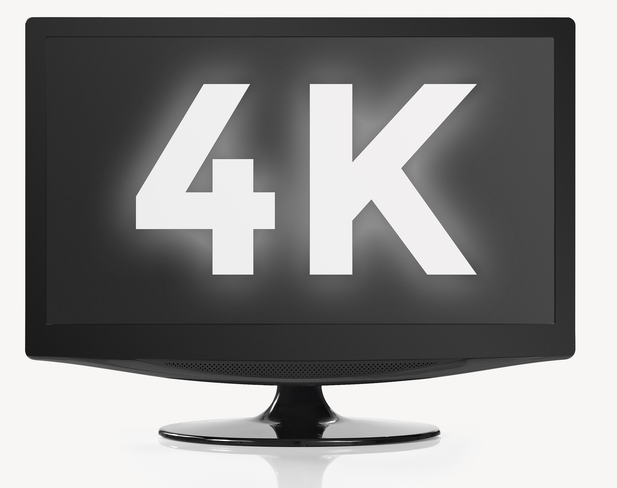
How to make 4K videos run smoothly in Google Chrome
Even though my Internet connection is fast and my computer is up to the task, whenever I play 4K videos in Google Chrome -- usually on YouTube -- playback stutters heavily, forcing me to opt for a lesser quality for a seamless experience. Switching to another browser, like Safari, will solve the problem, but this is hardly a fix that I can live with.
Fortunately, Google is working on a solution, introducing an experimental option in Chrome that will make 4K videos finally run as they should -- smoothly, that is. Here is what you need to know.

Ultra HD Blu-ray 4K is coming -- will consumers care?
I am a huge proponent of pushing the limits. The moment you say something is good enough, you have officially lost your way. When DVD was released, I remember being blown away by the quality and convenience, but many friends and family said VHS was good enough. The fools!
Fast forward to 2015, and VHS is long dead, but so too is physical media. Yes, some maniacs still buy DVD and Blu-ray discs, but we all know that streaming is the future. Apparently, no one told this to the Blu-ray Disc Association, as today, it announces the completion of the Ultra HD specification. In other words, 4K Blu-rays are coming. While some consumers may be interested in buying UHD optical discs, the reality is, no one wants to re-buy their movie collection for the 100th time. Am I right, folks?
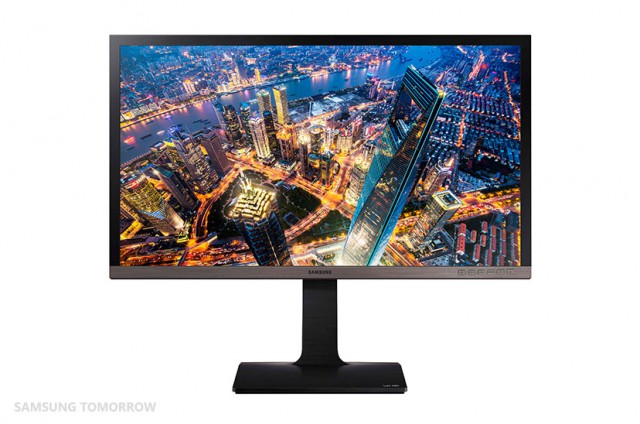
Samsung introduces new UE590 and UE850 UHD monitors
Today, Samsung is expanding its UHD monitor portfolio with the addition of two new lineups, called UE590 and UE850. The former is designed for consumers, while the latter is aimed at professionals. The newly-unveiled monitors can be had in 23.5-inch, 28-inch and 31.5-inch trims, the last of which is reserved for the UE850 lineup.
The consumer-oriented UE590 targets "entertainment seekers and avid gamers", promising a contrast ratio of 1000:1 and response times as low as 1 ms (gray-to-gray). Viewing angles differ among the two offerings, with the 23.5-inch U24E590D touting horizontal and vertical viewing angles of 178 degrees and the 28-inch U28E590D only featuring horizontal and vertical viewing angles of 170 and 160 degrees, respectively. The latter is also the one with the lowest response time; the former's response time is a higher 4 ms.

ViewSonic introduces affordable 27-inch 4K monitor for professionals
ViewSonic has announced a new 4K monitor designed for professional work. The Ultra HD VP2780-4K, to give the monitor its full name, is a 27-inch LED panel offering a resolution of 3840 x 2160. It uses SuperClear IPS panel tech and is a 10-bit color panel.
Accurate colors are promised, with 100 percent sRGB, and 80 percent Adobe RGB high color coverage, meaning pinpoint colors for CAD work, serious photography and video editing and the like.
Pixel pushing -- what's the point in Sharp's 5.5 inch 4K 806ppi screen?
It is a given that whatever technology you see in front of you will be bettered if not next week, then next month or next year. Processors will get faster, hard drives bigger, laptops thinner and... well, you get the idea. In the realm of mobile devices there was a time when size meant everything. Mobile phone screens grew larger and larger, but then focus started to switch.
Size, it turned out, was not everything after all; it’s the number of pixels that matters. We started to see ppi figures quoted everywhere, Apple even came up with its own label for the pixel density at which pixels became indistinguishable -- Retina Display. This was just the start of the battle of the pixels, though, and now things are starting to get a bit silly. Sharp has announced a 5.5 inch 4K screen which boasts a pixel density of 806ppi. Say, what?
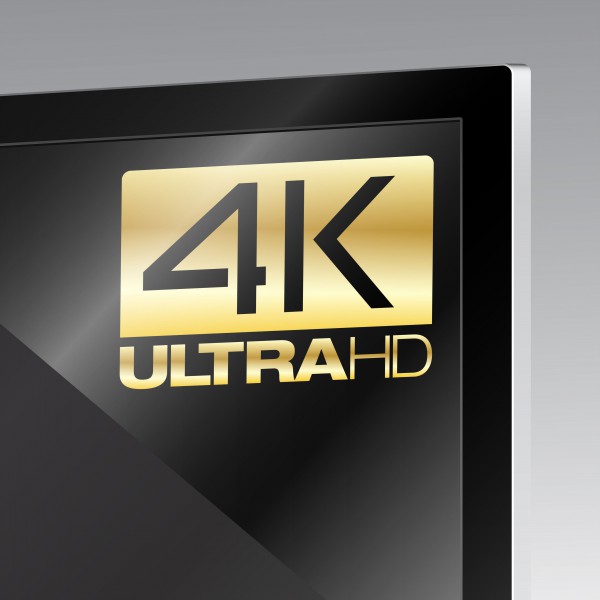
Amazon Instant Video goes 4K Ultra HD for Prime members but there is a catch
4K video is a runaway train at this point -- it is no longer a fad. It is looking like it will definitely become the next widely-adopted standard. While many people say 1080p is "good enough", that type of mindset stops progress. In the technology world, nothing is ever good enough; we must always push for more.
Unfortunately, 4K content is a bit rare at the moment, but growing every day. Today, Amazon announces that Prime members can watch 4K content for free. While this is very exciting news, there is a catch.

DirecTV shoots satellite into space to bolster 4K Ultra HD offering
This holiday shopping season, 4K televisions are all the rage. With that said, buying a 4K TV is arguably silly, as there is not much content, and prices will only go down. Sure, if you need a TV, it might make sense from a future-proofing perspective, but replacing a perfectly good 1080p set is probably wasteful. Currently, the best case for 4K technology is computer monitors, where the ultra-high resolution can be put to immediate use.
Of course, 4K content will be growing more and more in 2015, and DirecTV is aiming to be on the forefront of the Ultra HD game. You see, the television provider has fired a satellite into space to bolster its future 4K capability. In other words, we may soon get to see "Crazy Hairy Rob Lowe" in 4K.

Samsung U28D590D: An affordable UHD 4K 28-inch monitor [Review]
4K displays are becoming much more common, giving buyers a far greater range of choices. The Samsung Series 5 UHD LED Monitor (U28D590D) does a good job of balancing quality with affordability -- just £419.99 from Ebuyer.com including VAT and delivery -- and takes seconds to setup.
The 28-inch LED edge-lit screen offers a native resolution of 3840×2160 pixels, and the monitor sports a black plastic casing with a glossy bezel and an aluminum T-shape stand. Putting it together is just a matter of screwing the neck to the stand (using two pre-installed screws) and then sliding the screen into the neck.

VESA announces DisplayPort 1.3 standard -- enables 5K resolution
My first-ever monitor was a 13-inch Packard Bell CRT; it came bundled with the desktop. At the time, it was rather impressive, but by today's standards, it is trash. However, I had that monitor for close to 10 years before upgrading to a flat-screen LCD. When LCD monitors became affordable, the resolution was secondary thought; the fact that it was thin and light made it a must-have. As time marched on however, resolution became a runaway train that moved the market.
While I am perfectly content with 1080p, 4K resolution is ready to become the new normal. Before you invest in that upgrade however, you may want to check out this news from VESA regarding DisplayPort 1.3. You see, this new standard has the ability to do 5K video; is 4K resolution already yesterday's news?
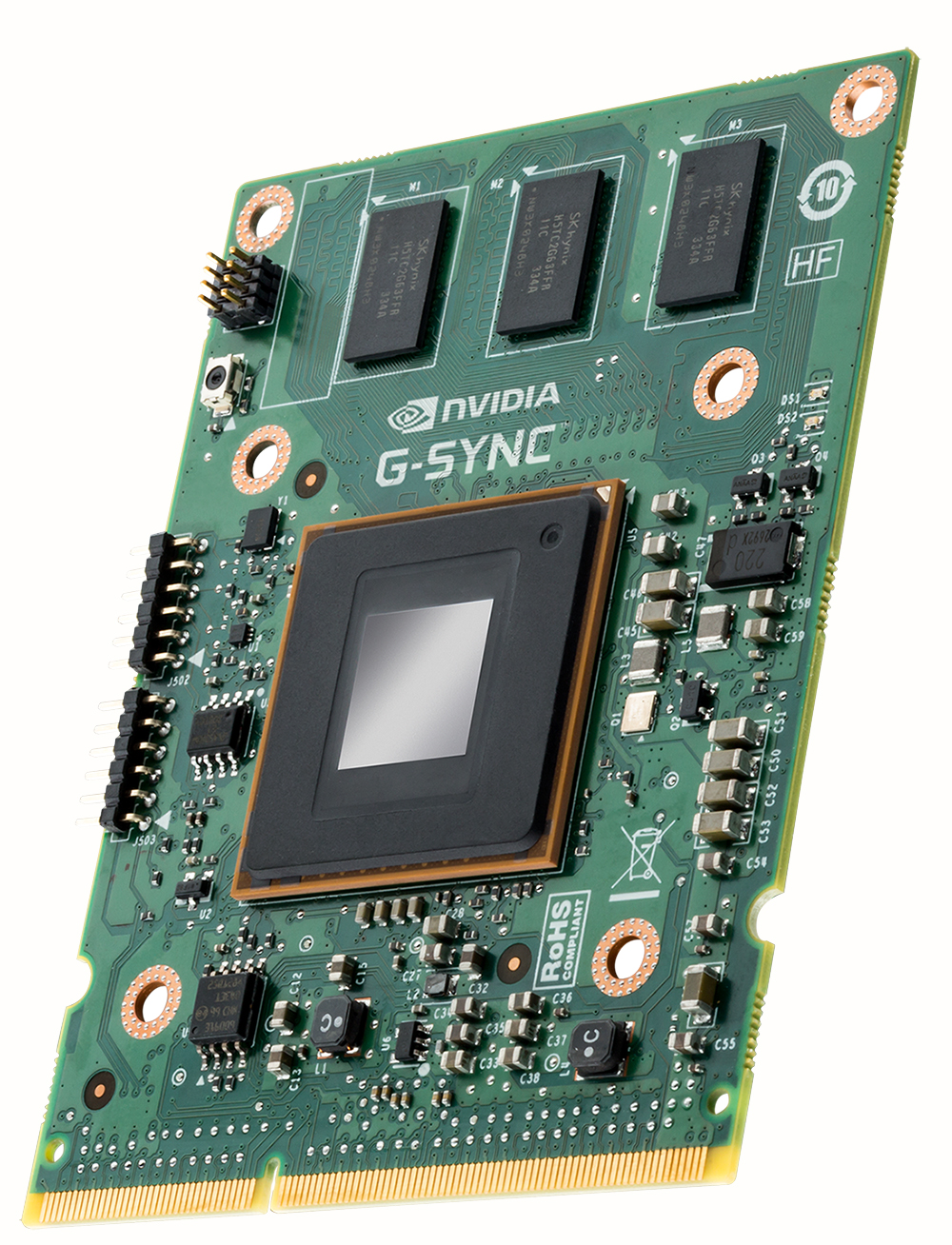
Acer unveils the 28-inch XB280HK -- world's first 4K display with NVIDIA G-SYNC
When buying a display nowadays, you have many options. Besides the physical size of the screen, you must decide on resolution. While 1080p was once considered a remarkable spec, it is now looked at as old-tech. Now, 4K monitors are all the rage, and for good reason -- they are gorgeous and with every passing day, more affordable.
The problem is, which manufacturer's monitor do you pick? It's a hard question to answer, as they are all rather similar. However, an unlikely manufacturer has created a unique model that makes it stand out from the rest. Acer announces the XB280HK, which is the first-ever 4K monitor to take advantage of NVIDIA's G-SYNC technology.
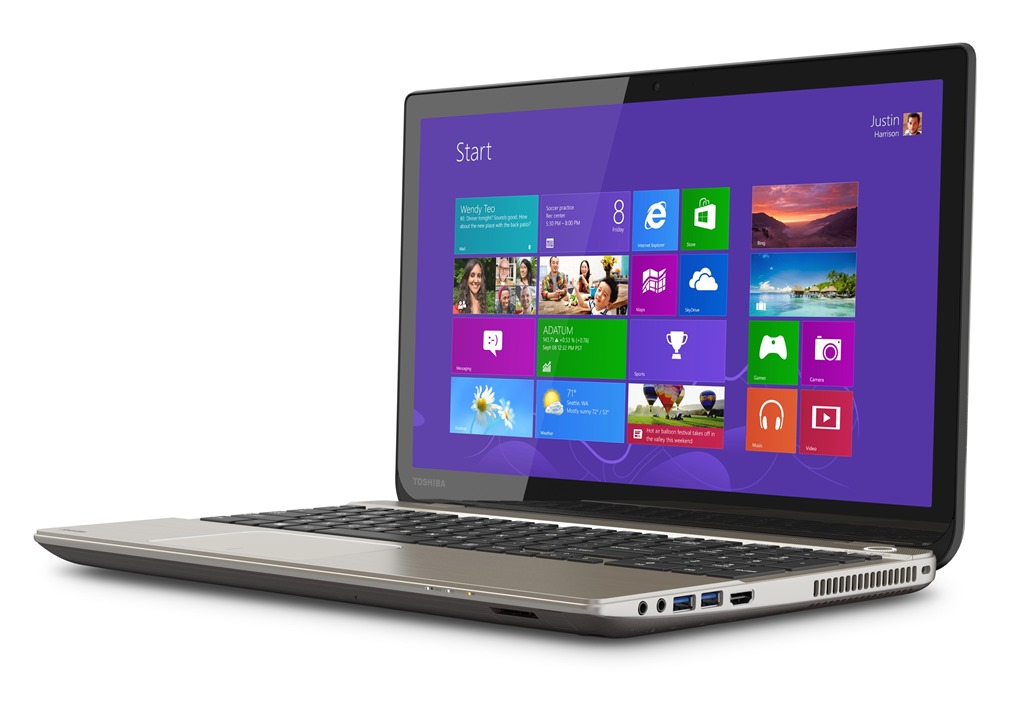
Toshiba offers 4K in new Satellite P55t laptop
The displays of mid-range and high-end laptops have reached a point when distinguishing pixels is no longer easy. We can thank high resolutions for that. Nowadays, even small laptops can tote 1080p, and some offer even more than that. Manufacturers can start focusing on other aspects, as any improvements in this area are purely incremental. And, there is only so much the human eye can see, after all. (But, we can all enjoy battery life improvements, for instance.)
Toshiba has not yet given up on competing in the specs race though, as it just unveiled a new laptop, called Satellite P55t, sporting a display resolution of 3840 by 2160, commonly referred to as 4K. The new offering has a price to match the prowess of its 15.6-inch screen, as it costs $1,499 when it goes on sale later this month, on April 22. That is not cheap by any stretch of the imagination.
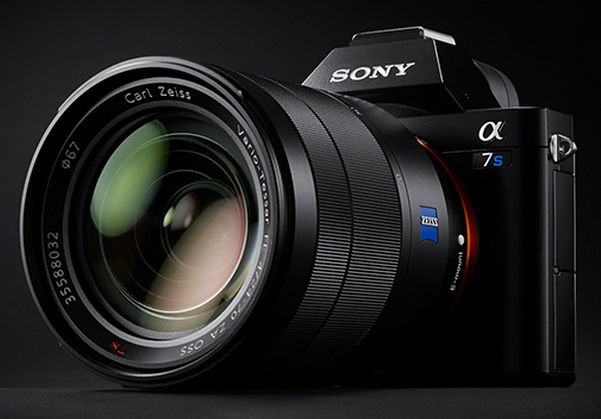
Sony's new full-frame A7S mirrorless camera can shoot in 4K
Thanks to advancements in technology, over the past year we saw a significant number of new devices touting their 4K credentials. The now-standard 1080p is a thing of the past in product announcements, present in the specifications sheet as a second-tier option. Even smartphones can now record 4K video (a good example of which is the Samsung Galaxy Note 3), which is an astonishing feat.
The 4K format, used as a catchier moniker for 2160p, only represents a niche at this point, as it has yet to reach a mainstream level of adoption. The inhibitive cost of supporting devices, smart TVs especially, as well as the scarce availability of 4K content contribute to this. But, 4K has also received little attention from camera manufacturers, which have been slow to implement the richer format in their lineups. Sony is among the first to change this, as it just unveiled its 4K-ready A7S full-frame mirrorless offering.
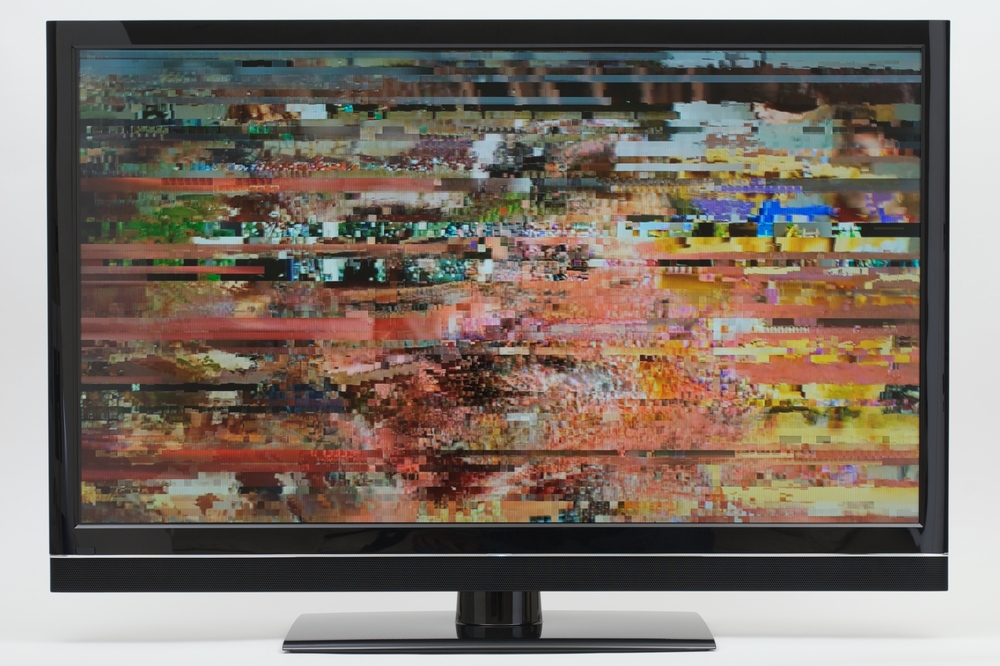
OS X 10.9 Mavericks to fully support 4K displays in upcoming update
Even though 4K displays have started to pop out for quite some time now, Apple has been lazy at fully supporting them in OS X 10.9 Mavericks. So when my colleague Brian Fagioli tested the Dell UltraSharp 32 Ultra HD he found that, while Windows 8.1 was able to adequately handle it, Apple's Mac operating system rendered the display "unusable".
The reason for this lies in the display settings made available by the OS. Those only allow folks to choose a lesser resolution like 1080p. Fortunately, that is set to change as Apple is readying an update for OS X 10.9 Mavericks that will soon allow users to take full advantage of what 4K displays have to offer.
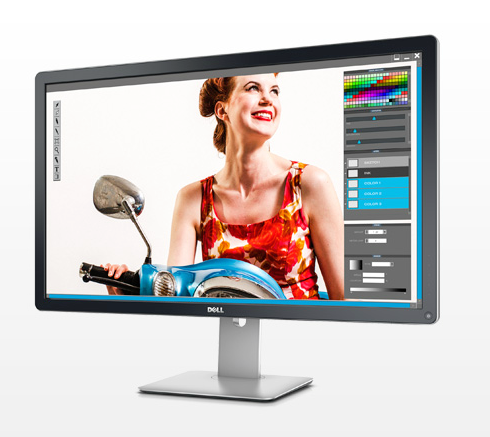
Dell UltraSharp 32 UltraHD 4K Monitor [Review]
When standard definition TV was being replaced by HDTV, there were rumblings that it wasn't needed. After all, SDTV is "good enough". Good enough. Two words, that when combined, are extremely dangerous. For a company or industry to rest on its laurels can be disastrous. Anybody who declares something to be "good enough", is standing in the way of innovation and should probably step down if they are in a position of power. Today, it feels like almost every home in the USA has at least one HDTV. When these widescreen TVs were released, people complained that their precious I Love Lucy episodes would have black bars on the side -- god forbid. As time progressed, of course this new wide-screen high-definition format was embraced, Lucille Ball be damned.
Now, the 4K UltraHD revolution is afoot and the same rumblings of "good enough" are being regurgitated. While this new format is less dramatic than the jump from SDTV to HDTV, it makes 4K no less amazing. No, 1080p is not good enough -- we need to keep pushing the envelope. Luckily, Dell is on the forefront of these displays and delivers the amazing, yet expensive, UP3214Q. But is it worth the money?
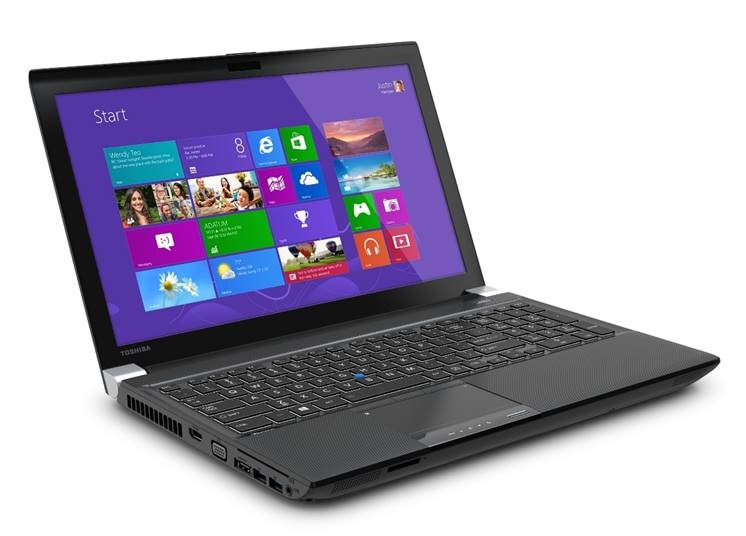
Toshiba unveils first-ever 4K laptops -- but do consumers actually need them?
I have been enjoying a 32-inch Dell 4K monitor for a few weeks now; testing it for an upcoming review. First things first, yes 4K is awesome -- no, it is godly. However, there is not much 4K content out there. All movies in that format which I watched, were on YouTube. Watching frolicking puppies in glorious 4K is fun, but it will not likely spur sales.
While 4K is great on a large 32-inch monitor, do consumers or professionals really need or want it on a small 15-inch laptop screen? Toshiba seems to think so. But do you? Read on and tell me.
